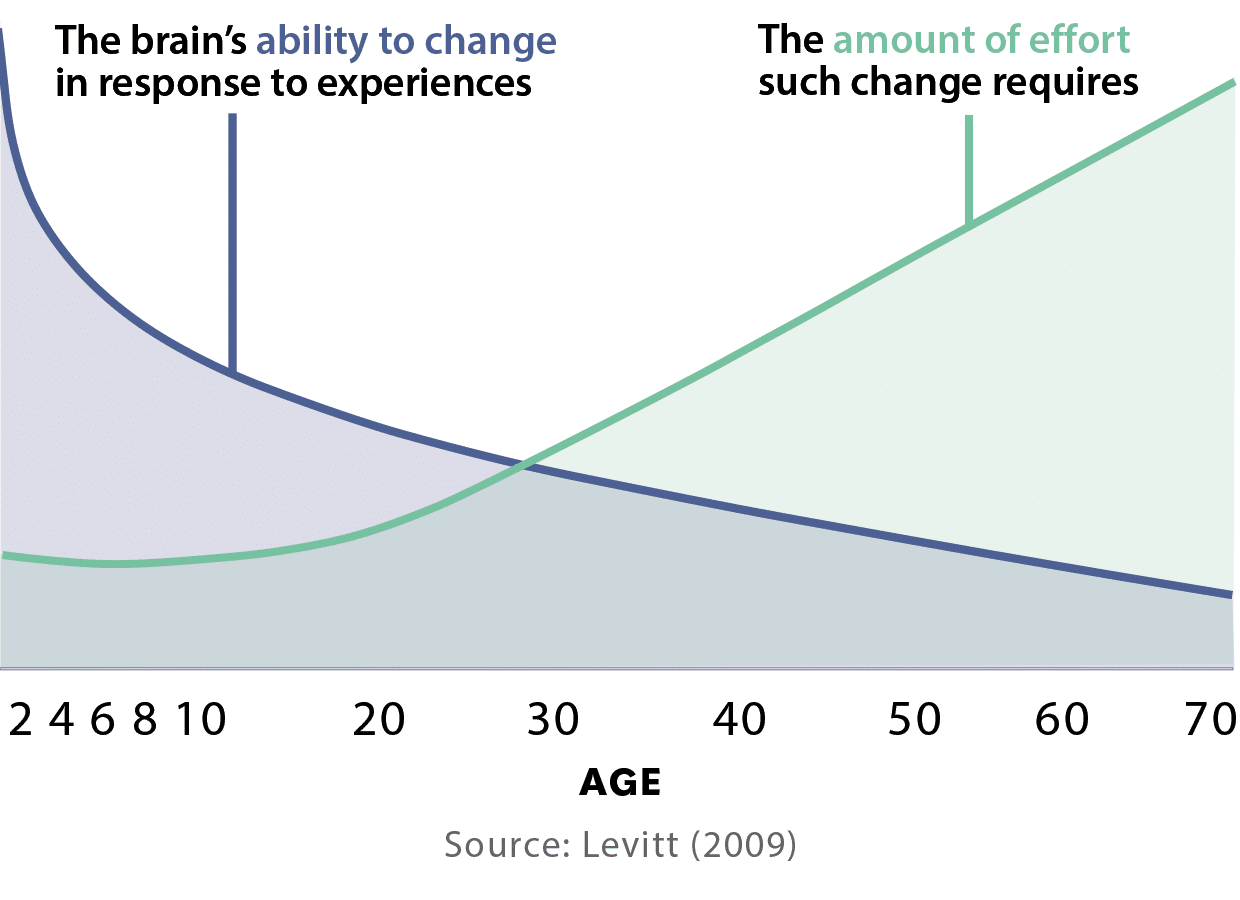What is ABA?
Applied Behaviour Analysis (ABA) is a specialised area within the scientific field of Behaviour Analysis. It is the primary evidence-based method for Early Intensive Intervention, with over 50 years of global research supporting its efficacy for children with autism spectrum disorders.
ABA has been scientifically shown to produce significant and comprehensive gains in children’s wellbeing. It can improve their learning trajectory, give them greater independence and develop their cognitive skills.
The goal of ABA is to apply specific behavioural, teaching and learning principles, such as reinforcement, prompting and shaping, to teach skills that are socially significant and that lead to meaningful change in learning trajectory and skill acquisition.

ABA applies techniques based upon the principles of learning to:
Facilitate a child’s ability to communicate by lowering the behavioural barriers that inhibit functional communication.
Help children manage behaviours that interfere with the learning of developmentally appropriate skills, at home, at nursery and in the community through positive reinforcement.
Teach children skills that improve their language, communication, cognitive, social, play and self-care skills, accelerating learning and behavioural outcomes through applied behavior analysis.
Increase independence and improve quality of life for a child and their family.
“If a child doesn’t learn the way we teach, we should teach the way they learn” – Dr. O. Ivar Lovaas
History Of ABA
The history of Applied Behavior Analysis (ABA) dates back to the early 20th century, when behaviorism emerged as a major psychological theory. The term “Applied Behavior Analysis” was first used in the 1960s to describe the application of behavioral principles to real-world problems. Initially developed to teach individuals with Autism Spectrum Disorder (ASD), ABA therapy has since been applied to a wide range of populations and settings. Over the years, ABA has evolved to incorporate new techniques and approaches, such as positive reinforcement and early intensive behavioral intervention. These advancements have solidified ABA’s reputation as an effective and adaptable method for promoting positive outcomes in various contexts.
Why is early intervention important?
Research shows that the earlier therapy is implemented, the more possibilities children have to close significant developmental gaps.
Early Intensive Behavioural Intervention gives each child the best chance of improving their quality of life and acquiring greater independence.

How it works
Our early intervention programmes are based on Applied Behaviour Analysis (ABA) and Verbal Behaviour, integrated with the Early Years Foundation Stage Curriculum (EYFS) to help your child learn age-appropriate, developmentally sequenced language and learning skills.
Instructions are individualised in one-to-one or small group settings and provided by our team of Board Certified Behaviour Analysts (BCBAs), Programme Supervisors and Behavioural Therapists.

Early Intensive BEHAVIOURAL Intervention (EIBI)
Our early intensive intervention programmes include:
Applied Behaviour Analysis (ABA) principles
Verbal Behaviour (VB)
Discrete Trial Teaching
Incidental Teaching
Natural Environment Teaching (NET)
Errorless Teaching
Fluency Building
Picture Exchange Communication System (PECS)
Makaton Sign Language
Ongoing Program Evaluation
Our school-readiness programmes include:
Applied Behaviour Analysis (ABA) principles
Verbal Behaviour (VB)
Discrete Trial Teaching
Incidental Teaching
Natural Environment Teaching (NET)
Small Group-Based Teaching (2:1 / 5:2)
Errorless Teaching
School Readiness Skills Programme
Social Skills Development
Independence Skills Teaching
ABA Therapy Techniques
ABA therapy employs a variety of techniques designed to increase positive behaviors and reduce problem behaviors. Some common ABA techniques include:
- Positive Reinforcement: This technique involves providing a reward or reinforcement for desired behaviors, encouraging the individual to repeat those behaviors in the future.
- Early Intensive Behavioral Intervention (EIBI): EIBI is a type of ABA therapy that involves intensive, one-on-one instruction with a trained therapist, focusing on young autistic children to maximize developmental gains.
- Discrete Trial Training (DTT): DTT is a structured teaching method that breaks down complex behaviors into smaller, more manageable parts, making it easier for individuals to learn and master each component.
- Natural Environment Training (NET): NET involves teaching skills in the individual’s natural environment, such as at home or in the community, to promote the generalization and application of learned behaviors in real-life situations.
These techniques are integral to ABA therapy, helping to reinforce positive behaviors and address problem behaviors effectively.
Visit First Bridge
Are you interested in seeing our specialist nursery and school in action? We would love to hear from you.
To book a free show around with our team and receive more information about our services, please do contact us below.
